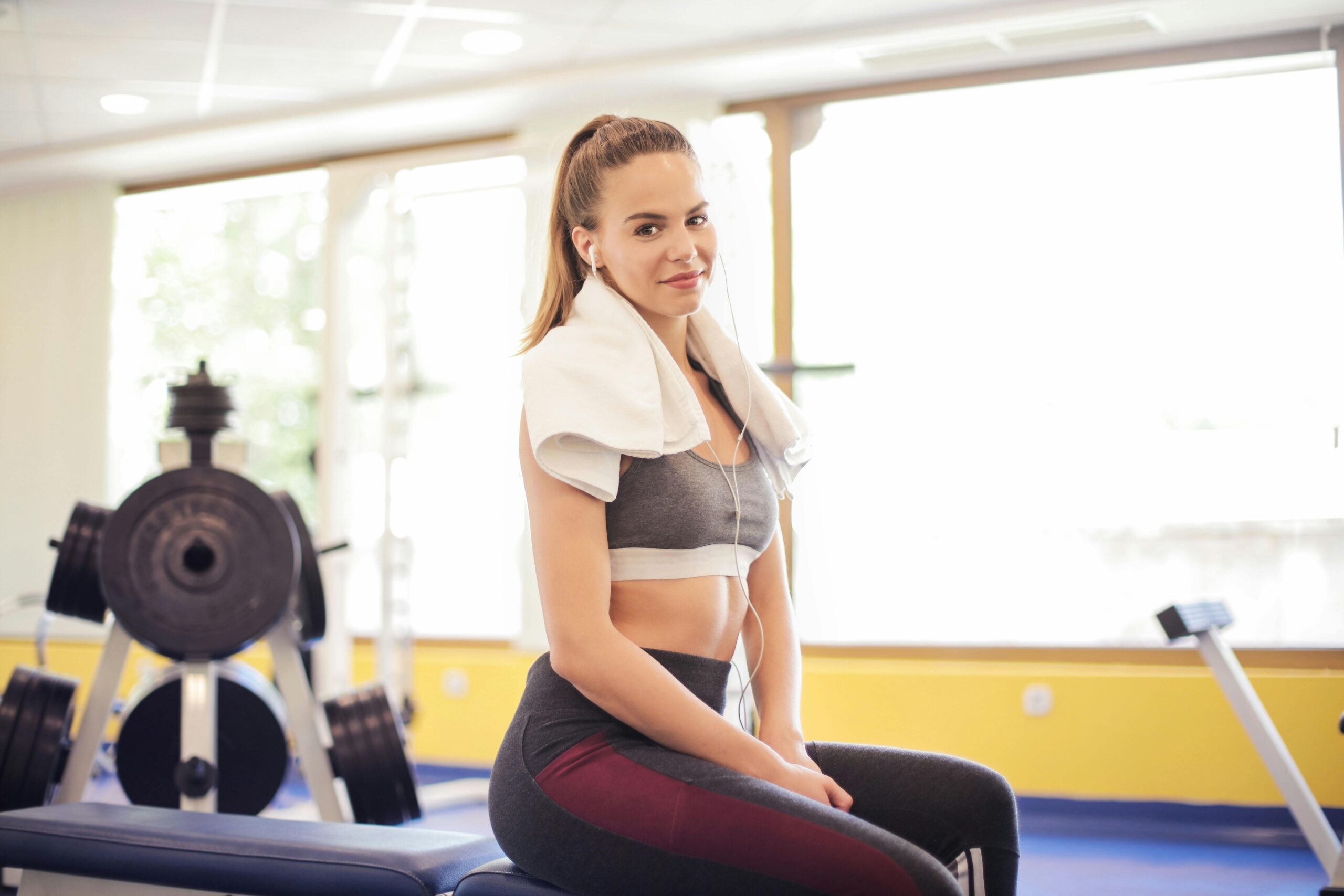Practical Guide to Schrägbankdrücken: Strengthening Your Upper Body Muscles in 2025
Schrägbankdrücken, also known as incline bench press, is a vital exercise for anyone looking to strengthen their upper body muscles effectively. As one of the most efficient methods to target the pectoral muscles, it has become a staple in fitness regimes around the world. In this comprehensive guide, we’ll delve into the mechanics, benefits, and techniques of Schrägbankdrücken, ensuring you can maximize your training effect while minimizing the risk of injuries. This exercise not only helps in building muscle mass but also significantly contributes to improving your overall performance in various fitness activities, including Push-Ups and weightlifting.
Throughout the article, you’ll find expert tips, common mistakes to avoid, and a well-structured training plan to follow. We will also explore how incorporating Schrägbankdrücken into your workout can lead to improved posture, enhanced stability of the shoulder girdle, and a balanced musculature. By understanding the correct execution and programming of this exercise, you’ll be well on your way to achieving your fitness goals and enhancing your upper body strength in 2025.

Essential Techniques for Proper Schrägbankdrücken
Building on the fundamentals of Schrägbankdrücken, it is crucial to master the technique involved in this powerful exercise. Proper execution ensures maximum muscle activation and minimizes the potential for injuries. Let’s break down the essential techniques required to perform Schrägbankdrücken effectively.
Analyzing the Technique
To execute Schrägbankdrücken correctly, begin by lying flat on an inclined bench at about a 30 to 45-degree angle. This inclination maximizes the engagement of the upper chest muscles. Ensure that your feet are firmly planted on the ground, and your back maintains a neutral position throughout the lift. Grasp the dumbbells or barbell with a grip slightly wider than shoulder-width and lower the weights to your chest while keeping your elbows at a 45-degree angle from your body. Push the weights back up, engaging your chest and shoulder muscles. This mindful movement encourages proper muscle recruitment.
Common Mistakes to Avoid
Avoiding mistakes is critical for efficiency and safety. One of the primary errors during Schrägbankdrücken is lifting too heavy weights, which often leads to compromised form. Additionally, failing to engage the core can result in instability. Ensure that you maintain a controlled motion, and breathe properly—inhale as you lower the weights and exhale during the push phase of the exercise. Another common mistake is allowing the elbows to flare out excessively. This can place undue stress on the shoulders, leading to potential injuries.
Warm-Up and Preparation
Before diving into your Schrägbankdrücken routine, prioritize warming up your muscles adequately. A structured warm-up, including dynamic stretches and light cardio, prepares your body for the intense activity ahead. Incorporating resistance band exercises or lighter weights as part of your warm-up can also enhance muscle activation, preparing your upper body for the workout.
Building Muscle Strength and Endurance
With the techniques and preparation set, let’s explore the benefits of Schrägbankdrücken for strengthening the upper body. Understanding how this exercise supports muscle growth and endurance is pivotal for long-term fitness success.
Progressive Overloading Techniques
To achieve effective results in muscle building, it is essential to adopt the principle of progressive overload. This approach involves gradually increasing the weights you lift over time. For instance, if you can comfortably achieve 10 repetitions with a certain weight, aim to increase the weight for your next session. By effectively challenging your muscles, you stimulate growth and enhance strength gains. Tracking your weights and repetitions can provide valuable insight into your progress.
Maximizing Recovery for Optimal Results
Equally important is allowing adequate recovery time for your muscles to grow. Implementing rest days into your training regime enables your body to repair and build muscle fibers. This is particularly essential for upper body workouts where the musculature can become fatigued. Nutrition also plays a vital role; focusing on protein intake and hydration aids in muscle recovery post-treatment.
Incorporating Schrägbankdrücken into Your Routine
When adding Schrägbankdrücken to your fitness program, strategize on your training frequency, intensity, and rep scheme. Aim to incorporate this exercise 2-3 times per week. A balanced plan could involve 3-4 sets of 8-12 repetitions per session, allowing for adequate recovery between workouts. Doing so enhances both your strength and muscular endurance while preventing the risk of injury.

Strengthening the Shoulder Girdle
Connected to this principle of strength training, it is significant to highlight how Schrägbankdrücken aids in stabilizing the shoulder girdle. A strong shoulder girdle is crucial for maintaining proper posture and preventing injuries during various physical activities.
Impact on Posture
Regularly performing Schrägbankdrücken helps to improve your overall posture by building strength in the muscles surrounding the shoulder and upper back. When these muscles are adequately developed, they support proper alignment of the spine and shoulders, which can alleviate discomfort and tension caused by prolonged poor posture.
Developing Stabilisierende Muskulatur
The stabilizing muscles play an important role in supporting your joints during elevating exercises. Schrägbankdrücken activates stabilizers in the shoulder and midsection, providing security in overhead movements and everyday tasks. Through consistent training, you cultivate these critical muscle groups, leading to better athletic performance and overall functional strength.
Enhancing Coordination of Movements
Effective coordination of movements is a byproduct of optimized strength training. As you consistently perform Schrägbankdrücken, your body learns how to move in a more synchronized manner. This translates into improved performance not only in weightlifting but also in various athletic activities, aiding in better agility and speed.
Creating a Balanced Fitness Regime
Transitioning into a balanced fitness regime, a well-rounded approach to training incorporates various exercises alongside Schrägbankdrücken. The best results stem from diverse training modalities.
Combining Schrägbankdrücken with Other Exercises
To achieve comprehensive upper body development, pair Schrägbankdrücken with exercises targeting different muscle groups, such as rows and overhead presses. This creates a balanced approach that enhances overall capabilities while addressing potential muscle imbalances commonly found due to over-focusing on a single exercise.
Integrating Functional Training Techniques
Functional Training reflects a modern workout philosophy that emphasizes exercises mimicking real-life movements. Incorporating components such as bodyweight workouts and stability ball exercises can amplify the effectiveness of your training program. Finding a qualified personal trainer can be beneficial in creating a tailored training plan that meets your specific fitness goals.
Tracking Your Fitness Progress
Lastly, a crucial element in maintaining motivation is tracking your fitness progress. Keeping a workout log detailing your exercises, weights, and repetitions fosters a sense of accomplishment and encourages you to push your limits. Utilize technology for tracking, such as fitness apps and tracking devices—these tools can provide rewarding visual data of your achievements in the gym.
Common Questions about Schrägbankdrücken
What are the primary muscles worked during Schrägbankdrücken?
The primary muscles targeted during Schrägbankdrücken include the pectoralis major (chest) and the triceps, with additional emphasis placed on the deltoids (shoulders). This exercise engages multiple muscle groups, offering a comprehensive upper body workout.
How can I avoid injuries while performing Schrägbankdrücken?
To prevent injuries, ensure adequate warm-up, maintain proper form, and avoid lifting excessively heavy weights. It’s important to listen to your body and adjust your training intensity accordingly.
Can beginners perform Schrägbankdrücken effectively?
Yes, beginners can perform Schrägbankdrücken. It is advisable to start with lighter weights and focus on mastering the proper form prior to advancing to heavier weights. Incorporating assisted training or using machines can also provide a supportive way to learn the movements.
How often should I incorporate Schrägbankdrücken into my routine?
Incorporating Schrägbankdrücken 2-3 times per week into your strength training routine optimally balances muscle recovery with effective strength building. Be sure to include rest days to allow for muscle recovery and growth.
What nutritional strategies support muscle recovery?
Nutritional strategies for optimal recovery include consuming adequate protein post-workout, staying hydrated, and incorporating essential nutrients such as vitamins and minerals. Tailoring your diet based on your training demands can significantly enhance your recovery process.
